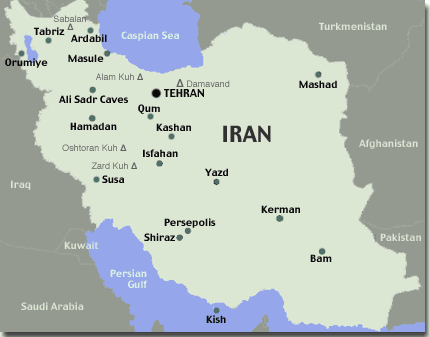



Kish was an ancient city of Sumer, now in central Iraq. The Sumerian king list states it was the first city to have kings after the Deluge. A French archeological team under Henri de Genouillac excavated there between 1912 and 1914, and later an Anglo-American team under Stephen Langdon from 1923 to 1933.
More than 5,000 years ago the first empire in the world was founded by the King of Kish. While the name of that king is lost to history along with most of the history of his empire, the imposing title remains. Ever since that time every emperor to conquer the area known as Sumeria, now in Iraq, from the Sargon, who overthrew Kish and established the Akkadian Empire, to Saddam Hussein has taken the title of King of Kish.
For over 5,000 years that title has been synonymous with power. It has meant authority. In the Epic of Gilgamesh, Gilgamesh despite all his power is a vassal of the King of Kish. While he makes an attempt to display that he could be independent, by defying Kish's authority, his display is brief and in the end he comes back and pledges his fealty.
Indeed, some scholars believe that both the ancient Sumerian and the Biblical flood stories arise from one of the greatest floods in history, the flood that destroyed Kish near the height of its power while Kish recovered somewhat and had kings again this destruction enabled other empires to form.
From what little we know of the Empire of Kish it appears to have operated a fairly centralized bureaucracy to run a system of tithe and tax that primarily dealt in agricultural goods and animals. The structure of Kishite bureaucracy and government can in some way be reconstructed from Akkadian practices, as the Akkadian kings copied much from the leaders of Kish who in turn preserved a great deal from the earlier days of the Empire. We can tell this because of the physical structures that have been excavated.
Excavation of large buildings that appear to have been central storage facilities with attached office rooms for bureaucrats have told us much about both Kishite architecture and about the purposes that architecture may have served before it was buried in the great flood that practically leveled the city and ended its glory days.
The Kish archaeological site is actually an oval area roughly 5 miles by 2 miles, transected by the dry former bed of the Euphrates River, encompassing around 40 mounds, the largest being Uhaimir and Ingharra. Read more